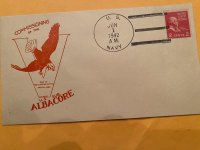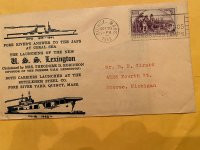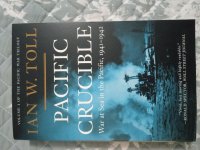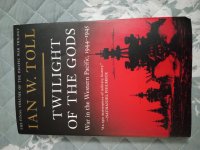……or aka the Battle of the Philippine Sea, occurred on 19 June, 1944, making this the eightieth anniversary of the battle. At the time, it was somewhat overshadowed by the liberation of Rome (4 June) and of course the Normandy invasion ( D-Day, 6 June), however, it did result in the greatest aircraft carrier battle of the war. By the end of the battle (19-20 June), some 350-420 (sources vary) Japanese aircraft were destroyed, along with two Japanese aircraft carriers sunk and a dozen lesser and supply ships sunk or damaged at a cost of some 30 U.S. aircraft lost from enemy actions with minimal damage to one U.S. battleship. The invasion of Saipan (Operation Forager) occurred on 15 June and Adm Raymond Spruance’s Fifth Fleet was tasked with overall sea control of the area. Admirals Spruance, Fifth Fleet and Marc Mitscher, TF 58, fought a defensive battle on the 19th, against IJN forces attempting to disrupt the Saipan landings. By fighting an initial defensive battle, they encouraged the Japanese to exhaust themselves trying to penetrate the Navy’s defensive line. Then on the late afternoon of the 20th, they launched a counter blow on the retreating IJN forces at extreme range . The results did not inflict as much further damage to the IJN as they had wished for given the cost of lost aircraft and crews returning with battle damage, nearly out of fuel and trying to make night carrier landings for which many were unqualified. Over 80 aircraft were lost in the chaotic and disorganized night carrier landing as desperate pilots tried to find an open deck on which to land. Mitscher finally order the fleet to “turn on your lights” and for pilots to land on any open and available carrier deck. Even with all this, the one-sidedness of the battle had an irrevocable impact upon the IJN from which they never were able to recover.
For those interested in further reading on the battle, recommend the pictured books below……I was tried of typing and a photo was easier.
For those interested in further reading on the battle, recommend the pictured books below……I was tried of typing and a photo was easier.
Attachments
Last edited:







